|
We don't talk much about the beaches in Mexico. Mostly, it's because we just don't spend a lot of time at the beach. It's easy to focus on the vibrant diversity of food, culture, color, and design that lives within the middle of the country. For all of the reasons that I love the interior of Mexico - the main one is simple. It just seems more interesting. Yes, the ruins in Tulum are charming in a summer house by the ocean kind of way, but have you ever walked down the road between the Temple of the Moon and Sun at Teotihuacán? Intense. You quickly start to understand what it takes to rule an empire. That said...it's time to talk about my favorite beach in Mexico. Imagine Cancun.Hard Rock café on the promenade, Chili's serving Tex-Mex style nachos, Senior Frogs all you can drink pre-mixed frozen margaritas, and miles of skyline-breaking hotels stretched down the beach. People who should have taken extra time applying sunblock but didn't are running around the sand in airport flip flops with selfie sticks and hot pink headbands that read I 💗Mexico. Above, a helicopter carries a banner advertising a sunset whale watching dinner cruise. This is not that. Only Kind of Willing to Share this Secret...Mazunte, Mexico is a place to sit on the beach and watch the waves. It sounds simple, right? Here's quick snapshot of my favorite beach town in Mexico.
Traveling to Mazunte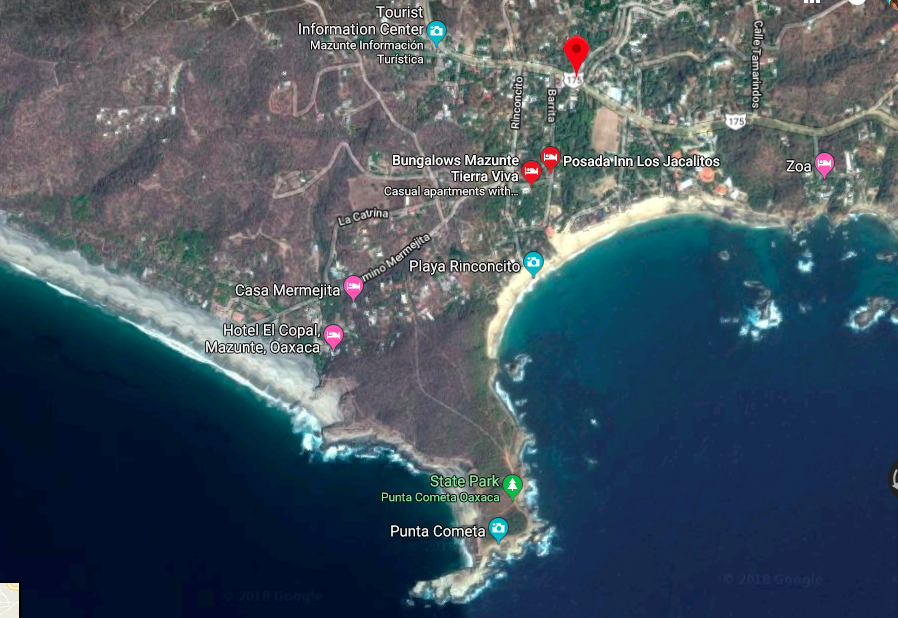 There are several different ways to get to Mazunte, all easily researchable and straight forward. The first time we traveled to the coast, we flew from Oaxaca to Puerto Escondido. This flight was 20 minutes, approximately the same amount of time it took for our pilot to finish sipping his espresso. This is a stellar option if you book in advance. If you don't have that option, last minute flights can be a bit expensive. For this reason, our second trip out to the coast entailed an overnight bus ride from Oaxaca to Mazunte. Spencer solved the sleeping-on-a-bus problem by drinking a bottle of wine at the bus station, complaining loudly about how annoying everyone was, and then passing out on my shoulder. I applaud his strategy. I wasn't so wise and attempted to fall asleep the "natural" way, in other words, not at all. Not sleeping for one night is absolutely fine when you are headed towards a long nap on the beach. Back to the BeachWhen we arrived, we checked into the Posada Ziga hotel. This hotel is at the end of the beach, so it's a bit more quiet. The rooms all have AC and there's a restaurant with a great deck. The best feature of this hotel is that it's small, with only eight rooms or so. Which means...we could go back and rent the whole thing out. Easily. Who wants to go? I'm planning a trip in December before the holiday crowds rush in. Let me know if you're interested and we will get this thing in the works. But...let's keep this little spot a secret, just between us...
0 Comments
When our airplane landed in the capital city of Yangon, the last thing I expected to see was a sign for KFC next to the currency exchange booth. But there it was, red letters and the familiar outline of Colonel Saunders wise and seemingly satisfied smile gazing right at me. “I wonder if this is a preview of a strangely Westernized new Myanmar,” I thought walking towards a Pete’s Coffee kiosk with hopes of an almond milk latte before changing all of my Thai Baht to Myanmar Kyat. Upon exiting the airport I breathed in a mouthful of hot air and let out a sigh of relief, Fast Food chains were clearly confined to the airport. Unmarked taxis whizzed around the roundabouts, buildings streaked with black mold highlighted the skyline, birds were singing uninterrupted by the sounds of traffic, a man approached us and ushered us into a car, promising that the driver would take us to our first destination. This was going to be an adventure. Jumping back four months ago, Spencer and I were sitting on our couch in Missoula, Montana checking to see the farthest destination we could fly with our accumulated awards miles. Up to this point, we had traveled together mostly throughout Central America and Mexico. “Why don’t we go visit Carl in Myanmar,” he suggested. I could think of several reasons. First off, I don’t love to fly. That hasn’t hindered my adoration of travel, but cruising over the ocean for nineteen hours wasn’t super appealing. Actually, it was crushingly stressful to even imagine it. Also, Myanmar seemed so different than any place we had ever explored together. What if the differences felt too overwhelming? But curiosity overcame us and we booked a ticket to visit a friend who has been living there for the past year. Traveling with a resident tour guide in a strange new place and spending time with Carl was too great an opportunity to pass up. Several months, nineteen hours, three flights, one or more Ambien, and many unmentionable Rom-Coms later we were approaching Myanmar in the final descent. Viewing the city of Yangon from above provided an unimaginable sight; Buddhist temples and golden stupa rose from the ground and stood as tall reminders of the primary religion, then and now. The countryside surrounding the city was covered with them. It was almost as if the Indiana Jones theme song would start at any moment. The largest relic in Yangon, the Shwedagon Paya (or the Golden Pagoda) is actually positioned on top of a hill at the highest point in the city. This is considered the most sacred Buddhist temple in Myanmar, and it is said that eight strands of the Gautama Buddha’s hair are present here. The Shwedagon’s original construction dates back 2,600 years ago making it one of the oldest Buddhist temples in the world. After reuniting with Carl and dropping our bags at his apartment in the San Chaung Township, this was our first destination. I’ve slept in the street on a flattened cardboard box in Pamplona during San Fermin, rode my bike solo from Seattle to Los Angeles camping alone in the woods every night, and took a city bus through Managua packed in with crowds of Nicaraguan ladies who brushed my hair with their fingers regardless of my subtle social cues and polite requests to be left alone. But stepping into the streets of Yangon gave a true meaning to the phrase “out of your comfort zone.” It was chaos. Cars sped down narrow streets while bikes carrying rickshaws full of people swerved out of the way. Street dogs roamed behind food carts, endless rows of vendors were selling everything from chicken feet to mangos, the line of their small stalls spanning as far as we could see. Men spit, trucks honked, buses took turns at impossible speeds. The sidewalks were crowded with people walking in every direction with little room for error. Spencer loved it, Carl didn’t seem to notice it, and I tried to position myself for survival. We arrived at the Shwedagon Paya and entered as the sun began to set. Shadows played off the gilded pagoda, monks sat and prayed, and languid barefoot traffic flowed clockwise in accordance with the Buddhist custom of keeping the stupa on your right side at all times. We joined the flow. There appeared to be people from all over the world walking slow laps around the main pagoda. Both women and men wore respectful attire with their shoulders and legs fully covered. An old Burmese man wearing the traditional orange robe of the monks approached Carl and stretched out his hand for a shake, they seemed to know one another. “Uncle Ben!” Carl greeted him. “How about a tour?” said Uncle Ben in perfect English. We passed on the tour since Carl had already participated in this during his last visit to the Shwedagon, but stayed to chat with jovial Uncle Ben for a little while. Half way through our conversation he asked us what day we were born. It seemed like a strange question, and none of us knew for sure. With a slight flare of dramatic presentation, Uncle Ben pulled a small book from somewhere and told us that if we provided our birthday, he would tell us what day we were born. From there, we could go off to find our birthday Buddha altar. I found Sunday with the animal symbol of a bird right between Tuesday and Wednesday. When you approach your birthday Buddha the tradition is to take the cup at the base of his feet and pour nine cups of water over his head, and then make a wish. There was a line of women each taking turns to slowly wash the Buddha with those nine cups of water. Finally, it was my turn to walk up, think of my wish, and clean that gleaming Sunday Buddha. There was no purpose or plan here at the Shwedagon, the only goal was to wander about and sit when the time felt right to do so. Peace was found amidst the chaos here in Yangon. Then it was time to move on to Bagan, land of the 10,000 temples, the origin of Buddhism in Myanmar. Remember that feeling of being a kid and playing outside on a summer evening? If you’re growing up in the Midwest, like I was, there will be fireflies and crickets. You’ll run around the block, as far as you’re allowed to go, making forts in your backyard, collecting berries that look edible and setting them aside in case they aren’t. The sun is setting, it’s the golden hour when all of the grass looks like it could be tinted the shade of pink that your eyes can only identify for those brief moments before the stars start to emerge. It’s warm, and there is no difference between where the air ends and your skin begins. That equates to the feeling of exploring Bagan. Sources vary in accounts of how Bagan became what we see today, but there is a general historical consensus behind the purpose and timing of the building. Between the second and ninth centuries AD, there was an intense building period in what is now classified as the Bagan Archaeological Zone. One story claims that the founder of Bagan, King Pyinbya, was influenced by a neighboring ruler and adopted Buddhism as the national religion. He then demanded that his countrymen build 4,000 temples over a 40 mile radius in the plains of Bagan to acknowledge his reign. This was a bit ambitious, and the temple building continued after his death. Other accounts maintain that the 10,000 temples, stupas, and monasteries that are found today were built a bit later, closer to 1,000 AD. Regardless, what is still standing today has survived three major earthquakes on record, spans impressively through the countryside, and is mostly accessible by electronic scooter. That is how we traveled from temple to temple, channeling our inner Indiana Jones and zooming along dirt paths on our scooters with the hopes of seeing as much as possible before the sun set each day. Before departing the Nyaung U Airport, we were required to purchase a tourist card for 25,000 Kyat (about 20 USD) that would allow us access to the all of the temples in the area. Out of the forty or so temples that we explored on our own, only one (the Dhammayangyi Temple which is the largest in Bagan) stopped us to check our Bagan Archaeological Zone cards at the entrance. Still, we were told that it is important to carry this card with you at all times so you can show it when needed. There is a feeling here that at some point in the near future, the quiet mystery surrounding the fields of Bagan will be interrupted by a frenzy of new tourism, and the town is not quite set up for that. While riding through the dusty plains surrounding the city in search of empty temples we would pass other travelers riding on similar motorbikes and could see our excitement mirrored on their faces. Was this the real life or just the strangest fantasy? This did start to feel like the real life as soon as Carl realized that he lost the keys to his motorbike. Somewhere between climbing up the steep exterior stairway of a temple in the Shwezigon Pagoda complex to watch the sunset and returning to our bikes in the dark they had disappeared. We waited for him to trace his steps with the hopes of recovering them and watched the flow of traffic around the complex. Twenty minutes later he re-emerged in the dark, pockets empty. We were ten hours deep into our daily adventure, without much time left, so Carl hopped onto the back of one of our bikes and we shuttled back to the rental kiosk as fast as we could to return on time and break the bad news that one of the bikes could be found back at the Shwezigon, sans keys.
I don’t know if it was good fortune or just the way of the culture in Bagan, but missing keys did not seem to phase the couple working at the scooter rental stand. They simply asked where the bike was located. Carl gave them directions and then asked how much he should pay for a replacement key. This idea didn’t seem to have occurred to them. After conferring for a minute they looked at us and said $3? Carl rounded up to $7 and we were on our way by foot back to the hotel. The following morning we rolled up the sand paintings we’d bought, drove to the airport, ate a final bowl of breakfast noodles, and prepared to depart Myanmar. Our travels were coming to an end. Rumi, the 13th century Persian poet and mystic wrote these words. Out beyond ideas of wrongdoing and rightdoing, there is a field. I'll meet you there. When the soul lies down in that grass, the world is too full to talk about. Ideas, language, even the phrase each other doesn't make any sense. Sitting on the ledge of a temple that was built before these words were written and looking out as the sun cast bronze light as it set over the grass fields that have gone largely unchanged for the last thousand years, this poem popped into my head. The day was slipping to night, we were beyond ideas of rightdoing and wrongdoing, beyond a common language, sitting quietly just watching the sun do what it does every single day, only this time, we were on the other side of the world observing silently and with full attention. The world was truly too full to talk about, but I had to try. We traveled through Myanmar for two weeks and there is so much to say about our trip, but first - can you believe that Spencer actually took this picture? It's incredible. Last year we were talking about our goals for 2017 and he said that he really wanted to become a better photographer. I think that he totally succeeded. a long flight across the waterI don't especially love to fly. Actually, that's an understatement. Two days before a big trip I start to get nervous about what might happen while we are in the air. Will there be bumps? Where would we land if we are over water? Has the pilot ever made an emergency landing before, and if not, how will he really know what to do? My dad was a pilot in the Marines for 20 years and has explained exactly how an airplane works and that no, they cannot fall out of the sky, even in really heavy turbulence. That sort of helped, but I still like to sit by the window to make sure that everything is going according to plan. It makes me feel better to know that I would be one of the first people to notice if a wing fell off. We flew Denver --> Tokyo --> Bangkok --> Yangon. The only reason that I am mentioning all of the stops that we made is because the Narita Airport in Tokyo was almost too wonderful to leave. Yes, that is correct. Not only can you buy every flavor of Pocky Sticks that have ever been introduced on this earth, but all of the bathrooms have heated toilet seats! And three different water temperatures for the bidet! Who cares about a public airport bathroom, right? Wrong. After sitting for 12 hours on a plane you deserve a noise canceling option to ensure privacy and a warm stream of water in the bathroom when you land. Ok, enough, enough. I love the airport in Tokyo, that's all I'm saying. On to Thailand... Temples, Markets, and Tofu in ThailandSome genius (who I married) decided that we should spend one day in Bangkok on either end of our trip. This was a surprisingly brilliant move. It allowed us to take a break from a million hours of traveling and actually relax and adjust to the new time zone and check out some of the incredible spots around Thailand for a minute. Three things were especially wonderful in Thailand:
SHWE (GOLD) All DayAnd then we went to Myanmar...is a great way to start explaining the strange, magical, overwhelming, tranquil at times, insanely hectic at times journey though this country. Honestly, I still don't know what to say about this experience as a whole. It feels like too much to actually describe. I was telling my brother how I had never been to a city like Yangon before. There were so many people, so many cars driving in every direction, bikes, carts, trucks, animals - you had to just jump in and be absorbed into the pace of it all. You certainly could not attempt to change the flow of the direction or go your own speed. David had this great analogy. He said "I felt like that in Cairo. It's like jumping into a revolving door that doesn't stop moving." That was it precisely. If you jumped in at the right moment, you'd be ok. The Shwedagon (Golden) Pagoda sits on top of a hill in Yangon. This is considered the most sacred Buddhist place in Myanmar, and is thought to contain relics of the Buddha himself, most notably - eight strands of the Buddha's hair. When you enter through one of the four gates the volunteers guarding the entrance will make sure that you are dressed appropriately (shoulders covered, long pants or skirt below your calves) and remove your shoes before you enter. This is a sign of dignity and respect, it sets the tone for true appreciation of this magnetic place. When you walk around the Shwedagon, your direction will always be clockwise, keeping the pagoda on your right side. Our good friend Carl (who Spencer served with in the Peace Corps in Ethiopia) is currently working and living in Yangon, which is one of the main reasons that we booked this trip. He put together an incredible itinerary that allowed us start our travel individually and then meet up after a few days. Carl is a total pro at navigating Yangon and seems totally un-phased by the chaos. He's found all of these amazing places, and took us to many of them. A personal favorite was the BBQ restaurant with "pig dog." I wish I had a picture of this dog! He is a street dog (I think) who just hangs out at this Burmese BBQ joint and every one feeds him. Hence, the name "pig dog." He is super duper chunky, and always looks like he has a big smile on his face. Stay tuned for Part Two...Inle Lake, Bagan & Secret Beaches |
archives
January 2018
|
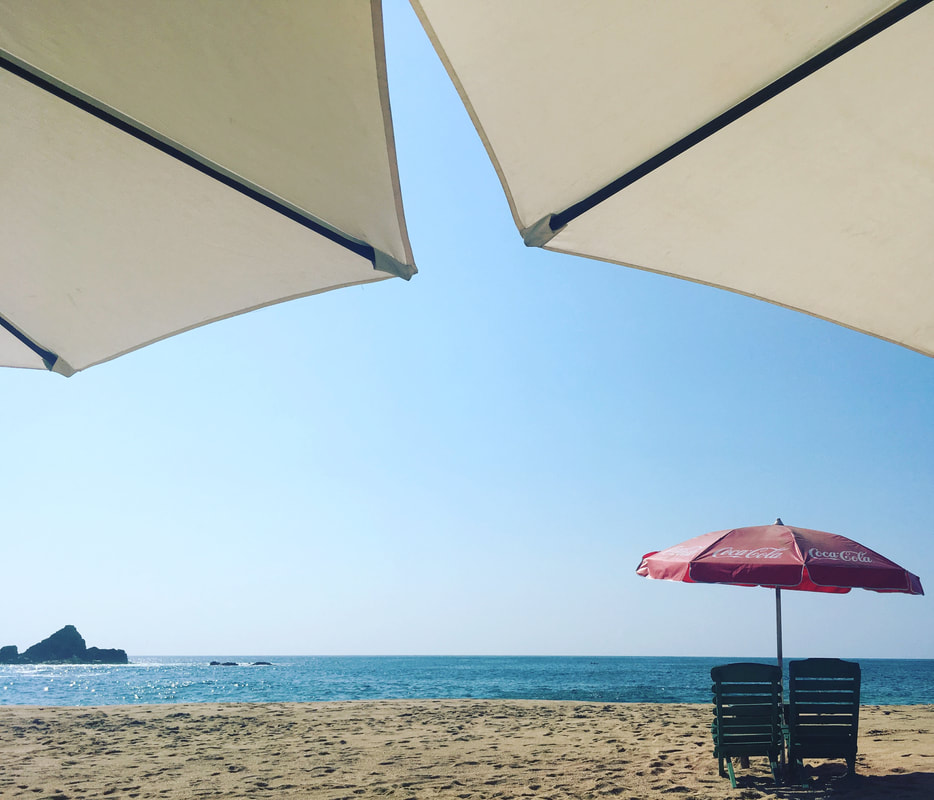
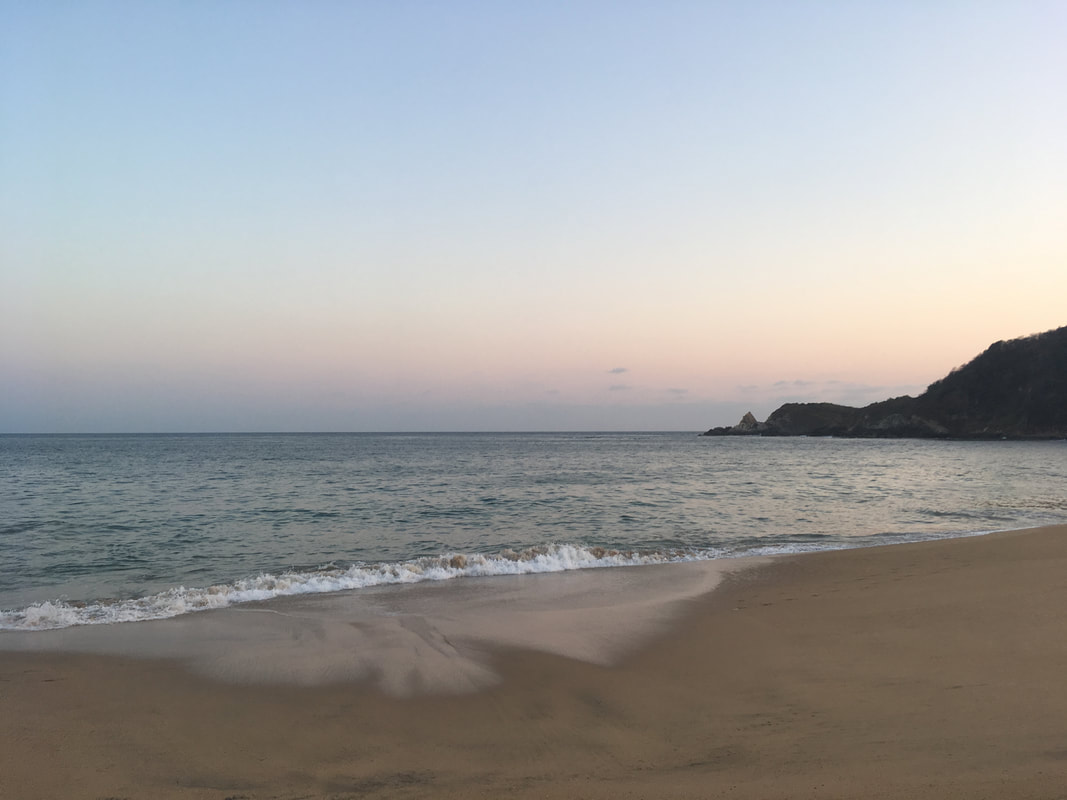
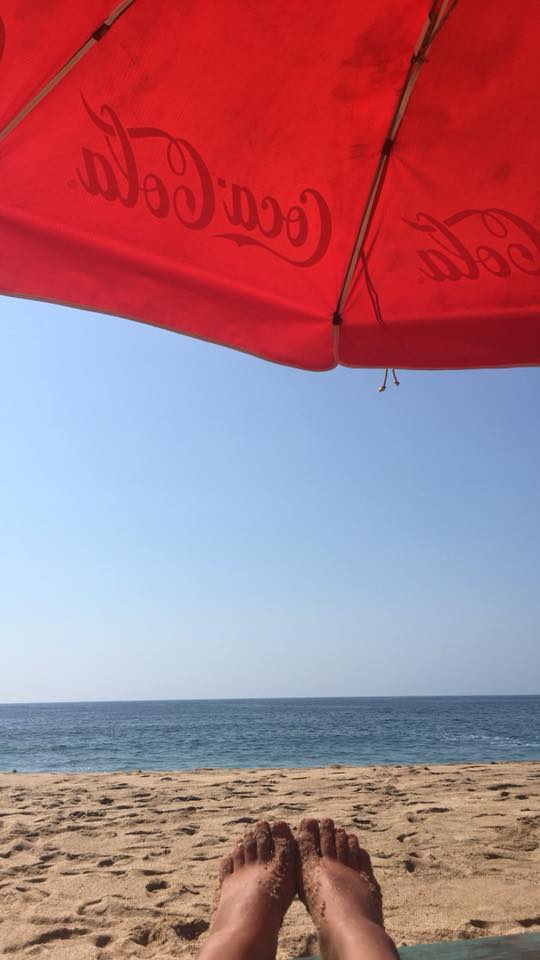
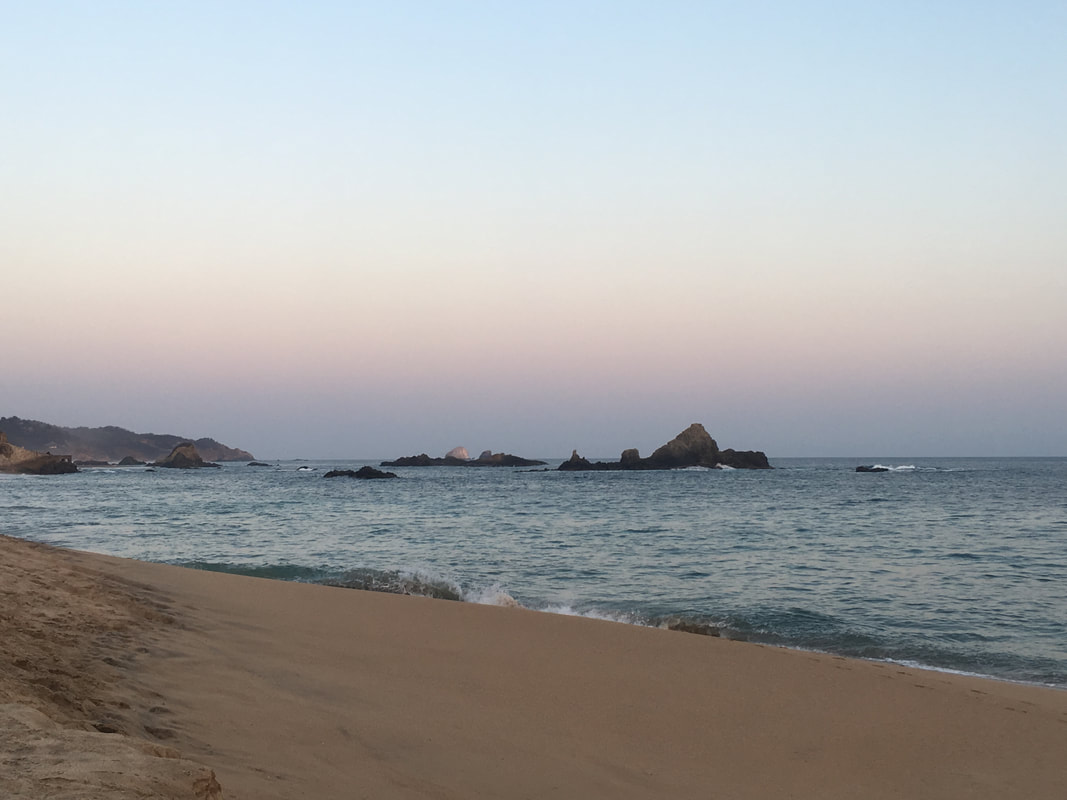
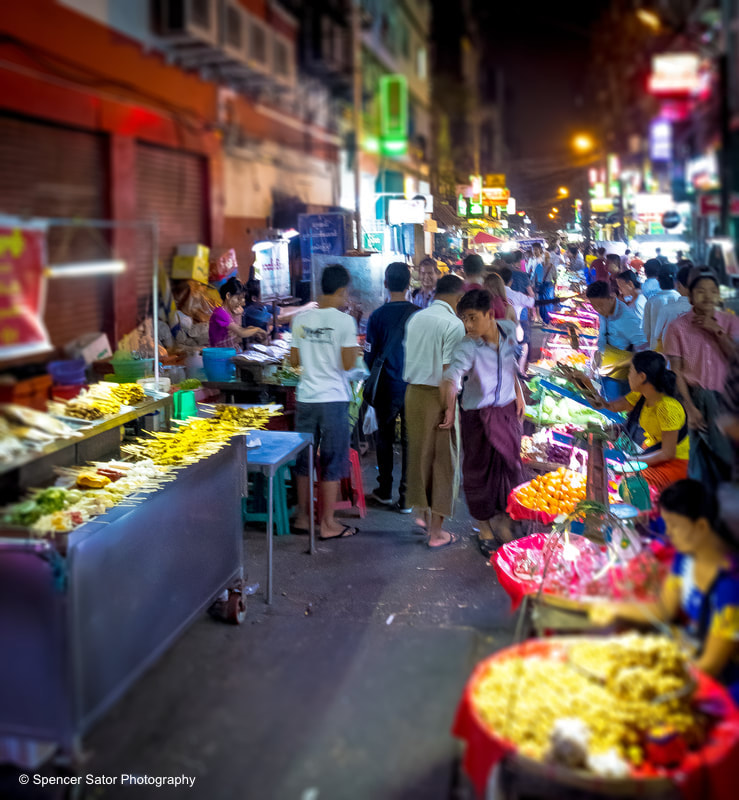
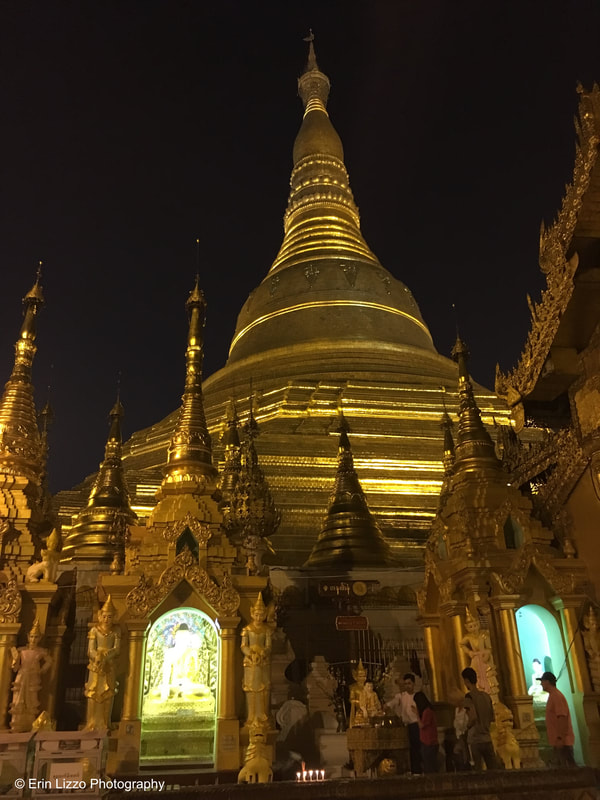
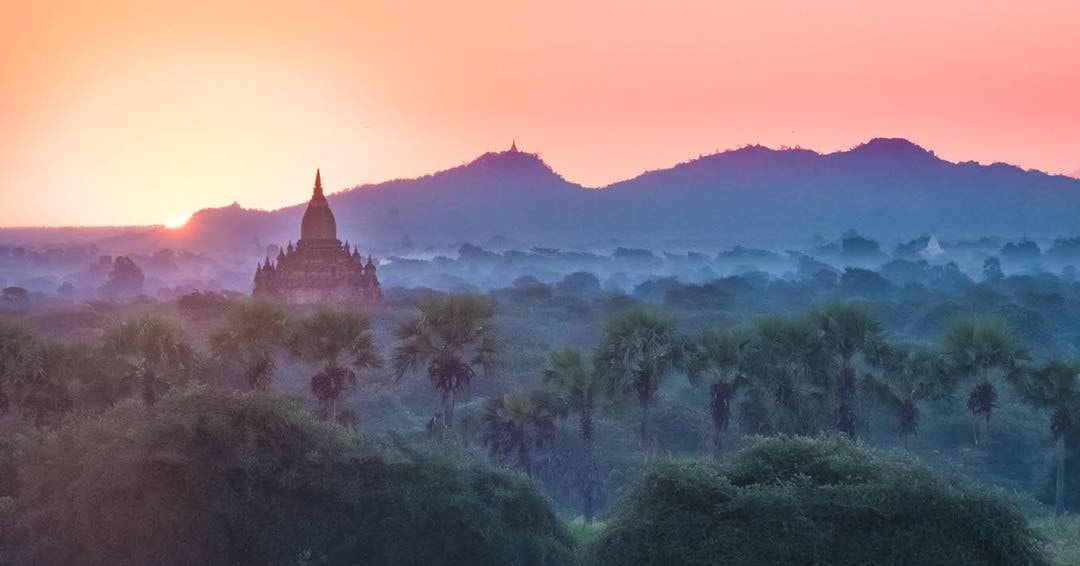
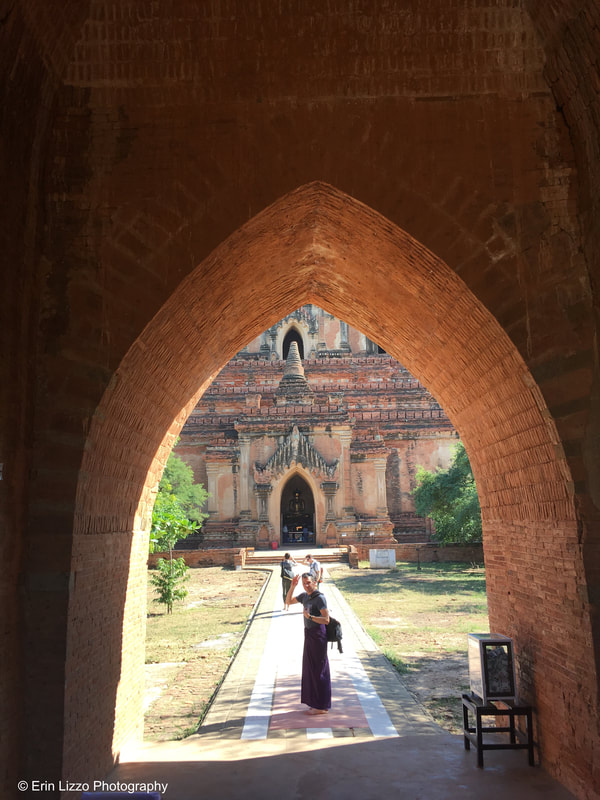
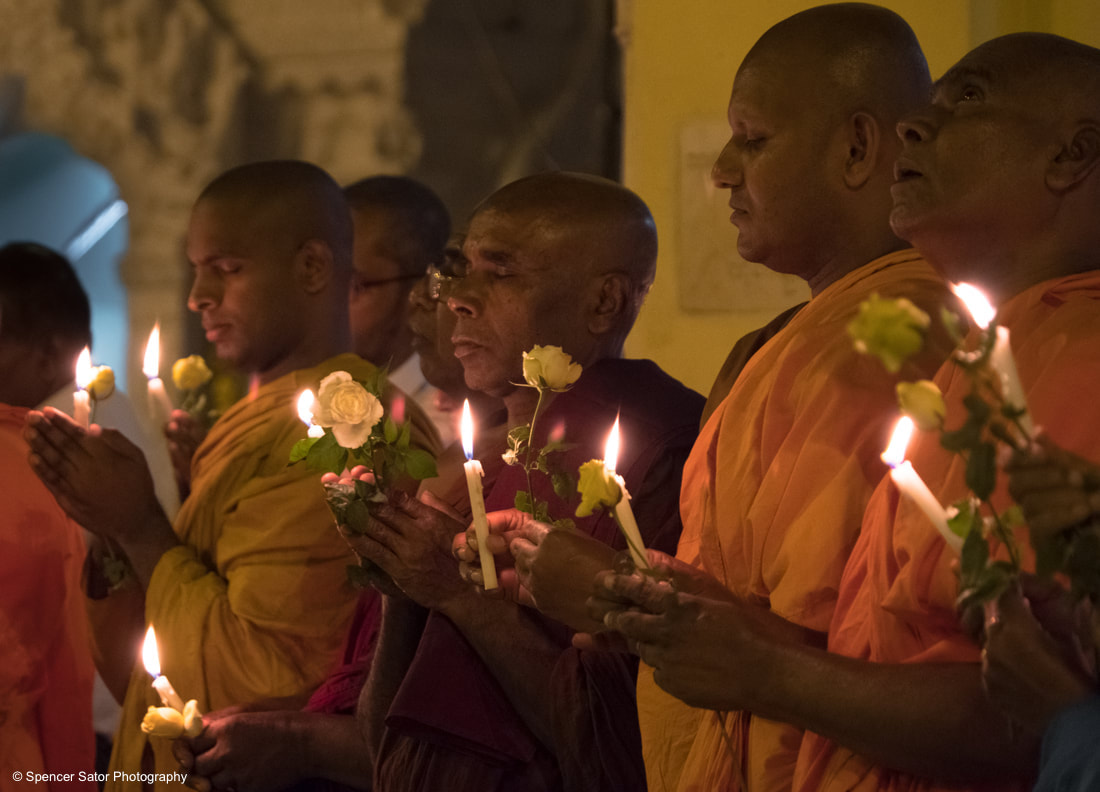
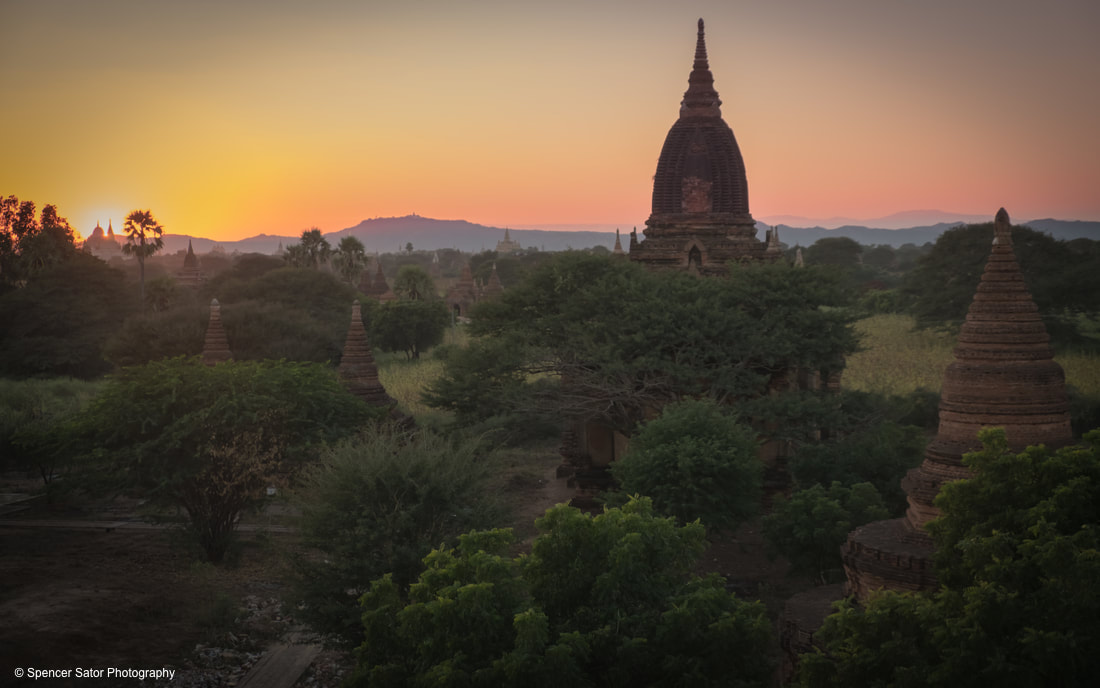
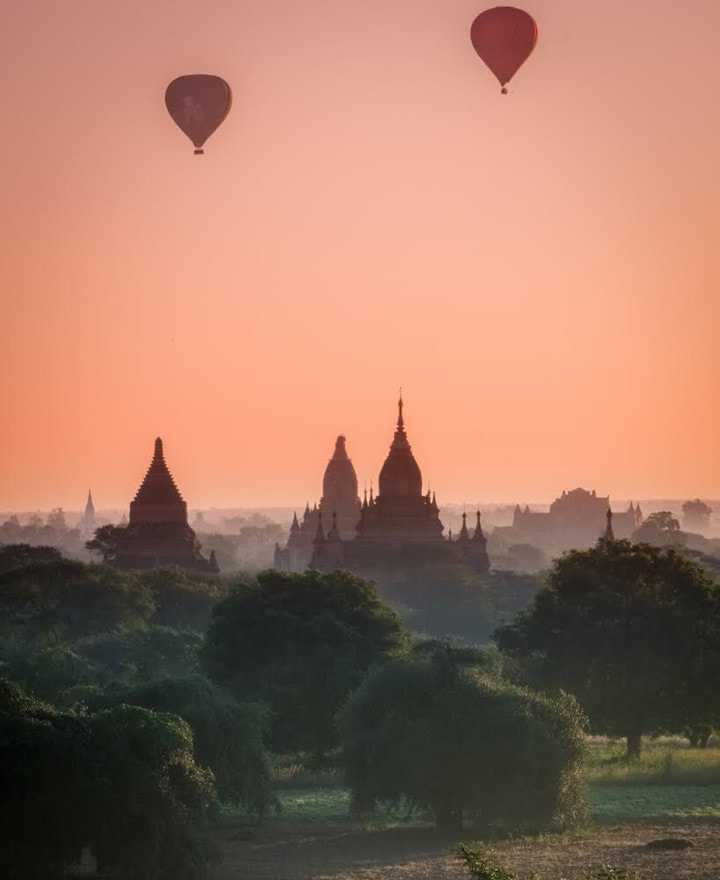
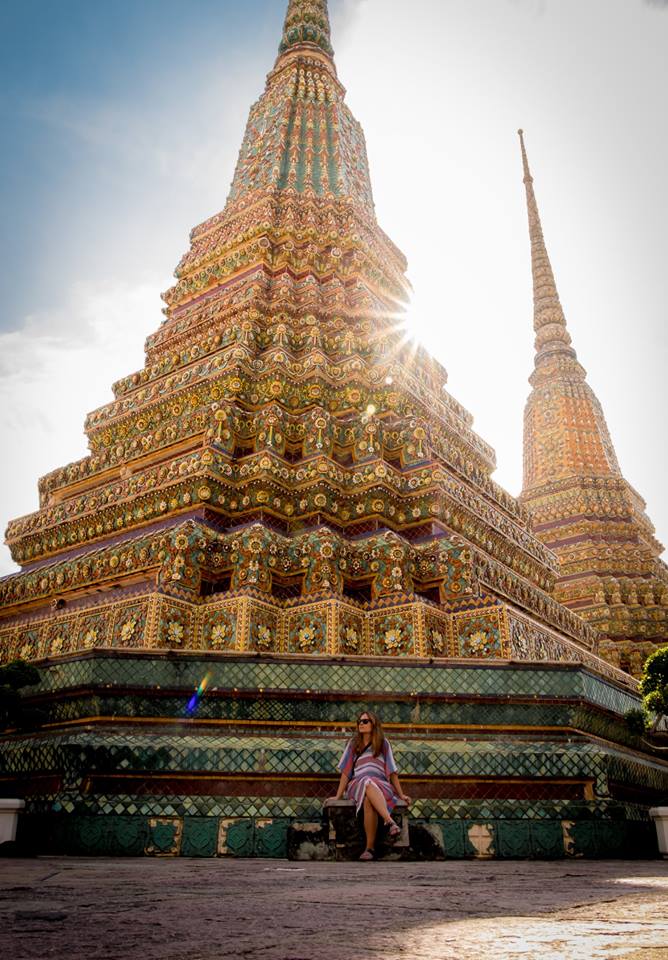
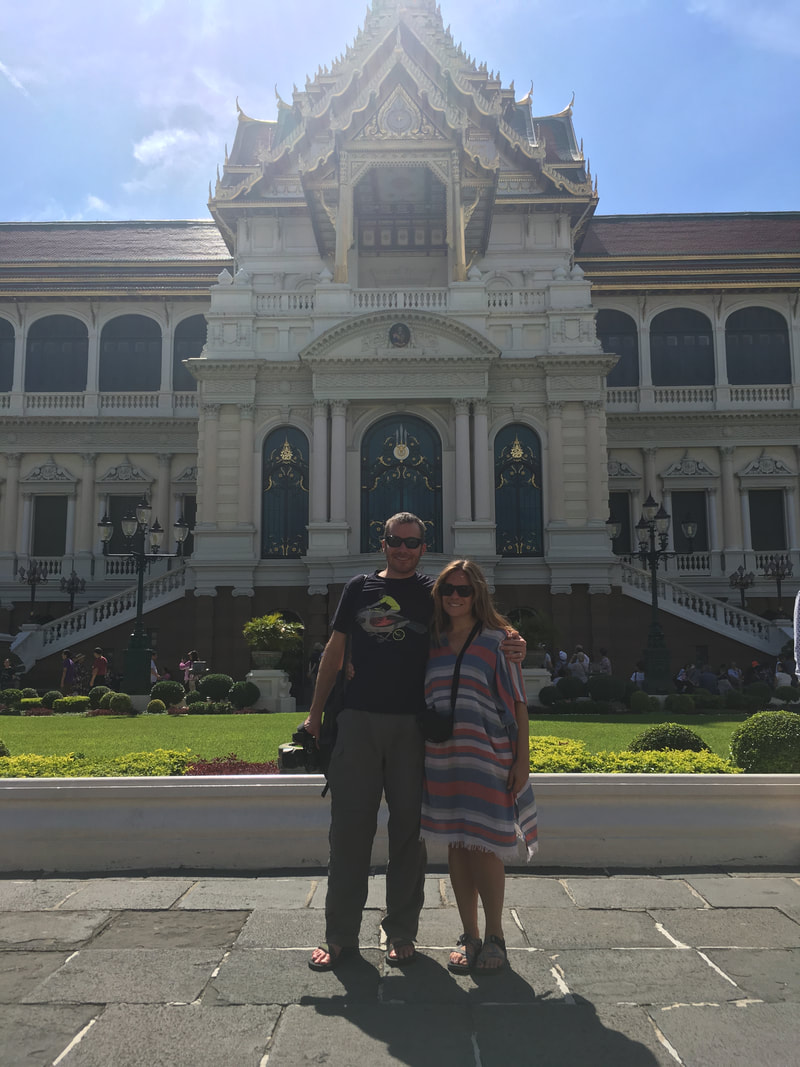
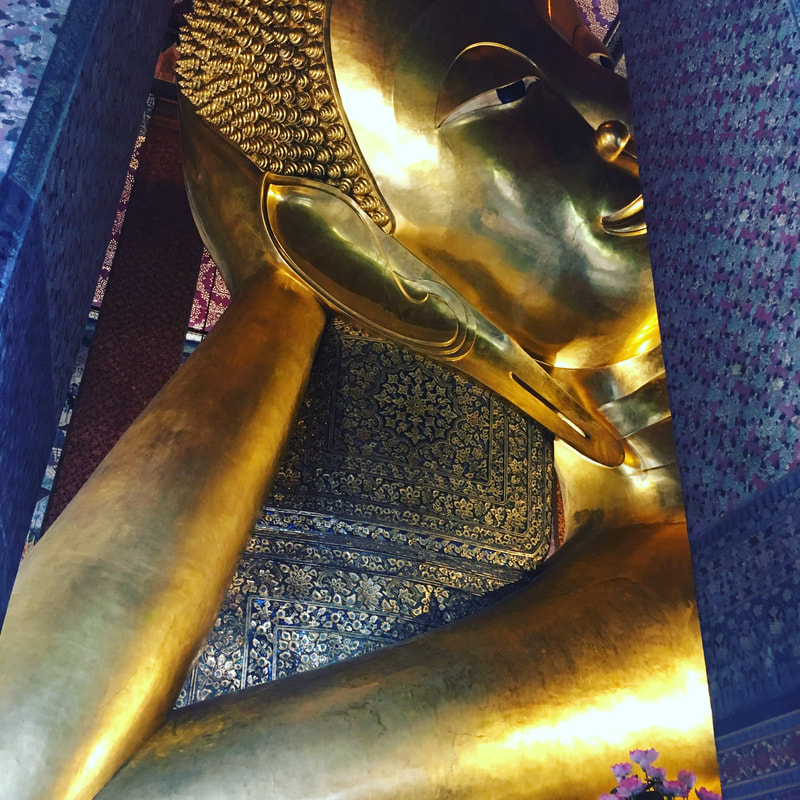
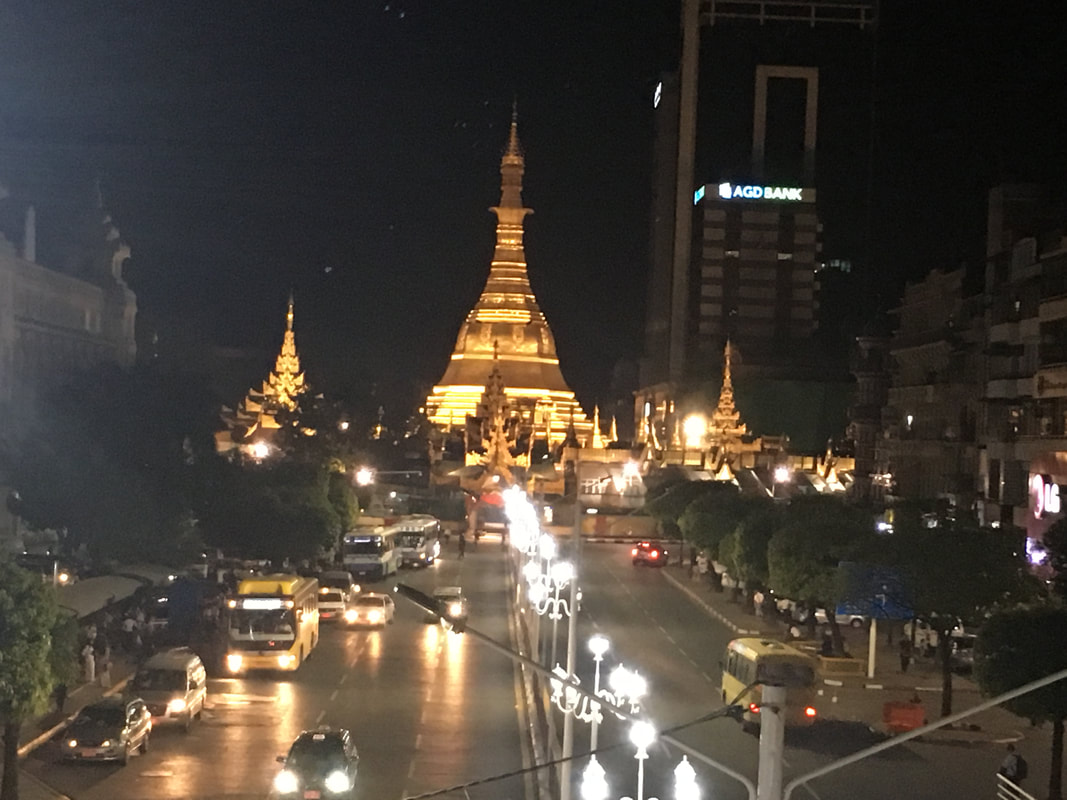
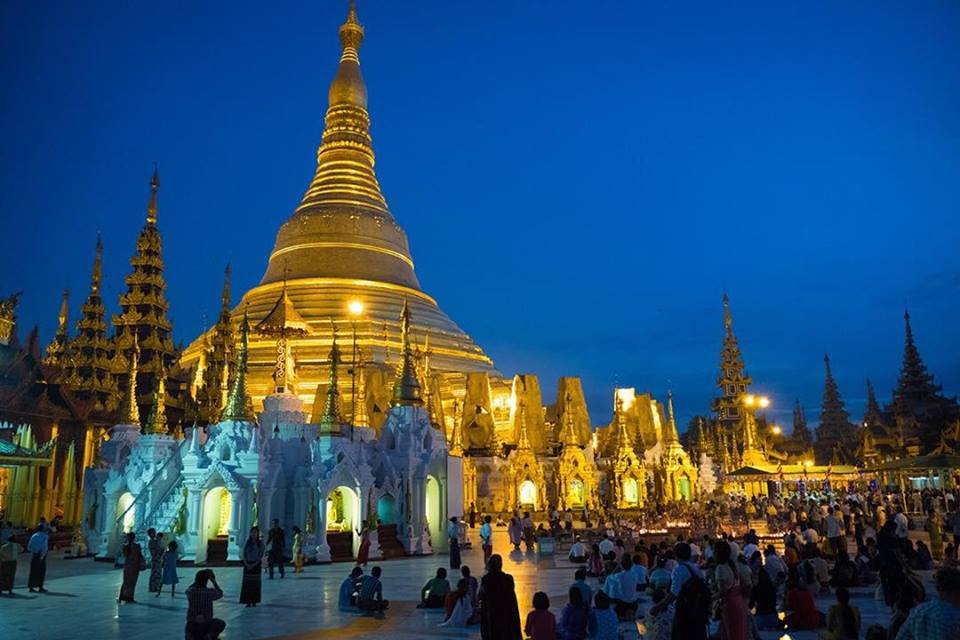
 RSS Feed
RSS Feed
